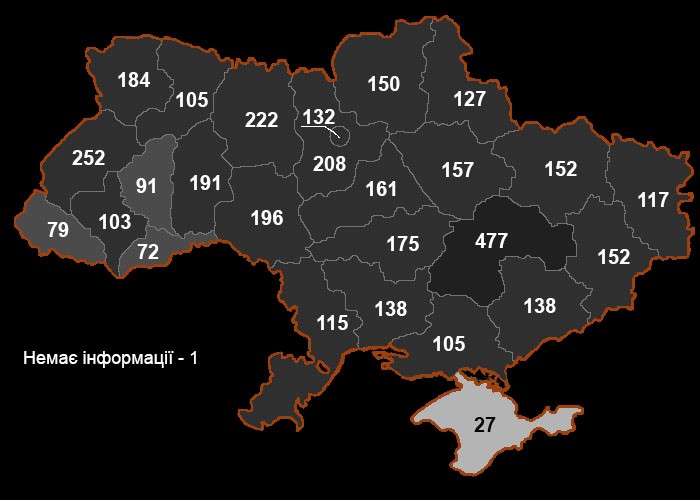

Ukraine, Russia, the DPR and LPR signed a ceasefire agreement, the Minsk Protocol, in September 2014. Alexander Borodai, former 'Prime Minister' of the DPR, said 50,000 "Russian volunteers" had fought in the first five months. The Russian incursion helped pro-Russian forces regain much of the territory they had lost. Ukrainian officials called this a Russian "stealth invasion". In response, Russia covertly sent troops, tanks and artillery into the Donbas. By late August 2014, Ukraine had re-taken most separatist-held territory and nearly regained control of the Russia–Ukraine border. In April 2014, Ukraine launched a counter-offensive, called the "Anti-Terrorist Operation" (ATO), later renamed the "Joint Forces Operation" (JFO). It only admitted sending "military specialists", but later acknowledged the separatists as Russian combat veterans. Russia covertly supported the separatists with troops and weaponry. Armed Russian-backed separatists seized Ukrainian government buildings and declared the Donetsk and Luhansk republics (DPR and LPR) as independent states, leading to conflict with Ukrainian government forces. These began as Russia invaded and annexed Crimea. In March 2014, following Ukraine's Revolution of Dignity, anti-revolution and pro-Russian protests began in Ukraine's Donetsk and Luhansk oblasts, collectively 'the Donbas'.

It continued until it was subsumed by the Russian invasion of Ukraine in February 2022. The war began in April 2014 when armed Russian-backed separatists seized government buildings and the Ukrainian military launched an operation against them. The war in Donbas, or Donbas war, was an armed conflict in the Donbas region of Ukraine, part of the broader Russo-Ukrainian War.



 0 kommentar(er)
0 kommentar(er)
